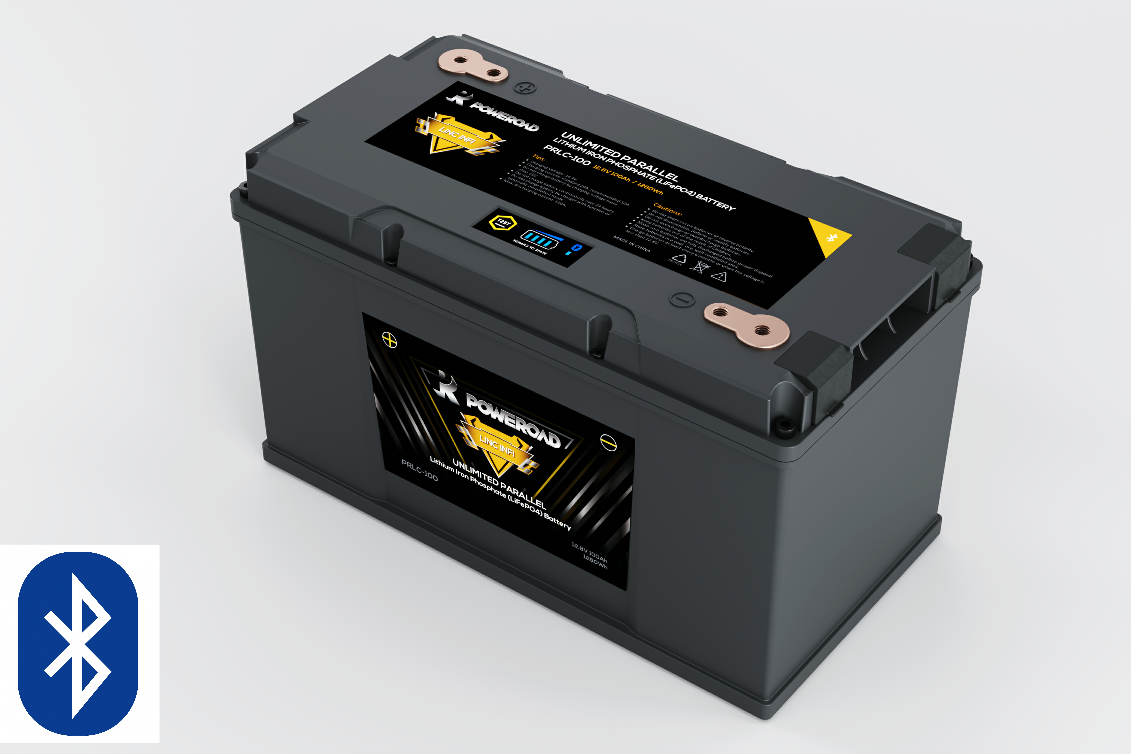It should give a bit more than half as much again capacity and greater efficiency of charge from charge sources so equivalent to 15% more
solar area. Also as the voltage dies not sag you use less amps to get the same effect.
Whether that
battery can deal with charging when cold would be a potential problem but you could heat it .
Lithium certainly does have many benefits and is usually the way to go if you ignore the upfront costs

Speed of charge and charge efficiency are key ones, but the others you quote are also useful.
The cold charging aspect is important. if the
battery is inside the van, then chances are when it is cold enough it shouldn't charge, you would not want to be in the van anyway so not using power. And if you want to charge unattended, could have a localised heater as you say. A decent BMS in the
battery will stop an attempt to charge at cold temps, but there are plenty of cheap ones around that don't and you only get to know when it is too late

You can add your own cutoff circuitry to disconnect, etc, but it is far simplier to just get a trustworthy
battery instead of going down those lengths unless you really have a reason not to.
The Poweroad Subzero is a little different to many other heated batteries as I understand it. Often a heated
battery will use
battery energy to warm the
battery; the Subzeros only use charging power to heat the
battery when required, so no energy is lost from the
battery, and the heater is only enabled when the circumstances require it (charge current over a certain value AND temp below a certain value, which activates heater (powered by the charger), and then once up to a set temp the BMS allows
battery charging to start).
Over winter, it is very unlikely
Solar charging will cross the current threshold where the
battery needs to be heated so 100% of any harvesting would go into the
battery. Mains charging or via Alternator is a different matter of course and protection/heating would be a must under 0C


